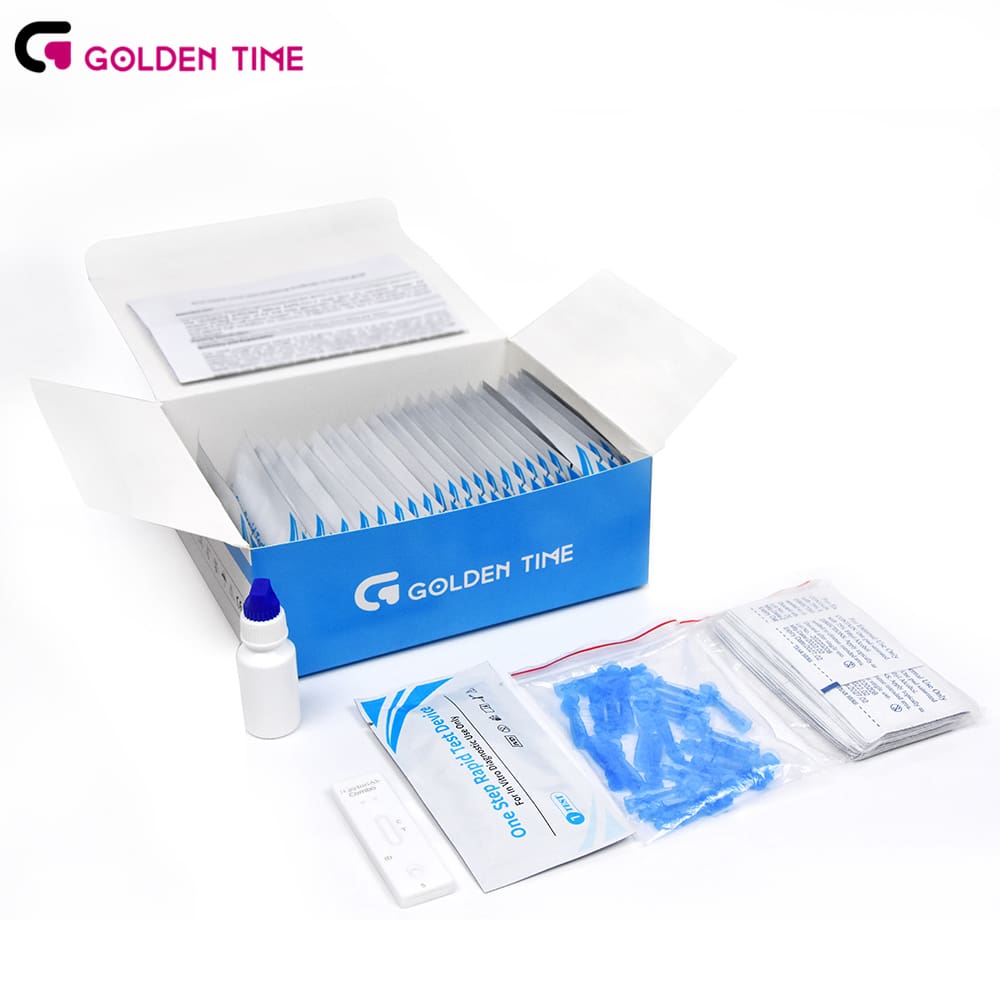Oct . 31, 2024 16:57 Back to list
Understanding Coxsackievirus A16 and Its Impact on Health and Disease
Coxsackievirus A16 (CA16) is a member of the enterovirus family, responsible for a variety of human diseases. This virus is particularly known for causing hand, foot, and mouth disease (HFMD), a contagious illness that primarily affects children under five years old. It presents itself with symptoms such as sores in the mouth and a rash on the hands and feet. While HFMD is usually mild, the social and health implications of outbreaks can be significant.
The transmission of CA16 occurs through direct contact with respiratory secretions, saliva, or fluid from the blisters of an infected person. Children are especially susceptible due to their close interactions in places like daycare centers and schools. Infected individuals typically show symptoms within three to seven days after exposure.
.
Due to the viral nature of CA16, treatment is mainly supportive. This includes ensuring adequate fluid intake to prevent dehydration, especially when sores make swallowing painful. Over-the-counter pain relievers can also be used to alleviate fever and discomfort. Most children recover completely, but complications, while rare, can occur, necessitating monitoring and sometimes further medical evaluation.
virus coxsackie a16

Prevention of CA16 transmission focuses on good hygiene practices. Regular handwashing with soap and water, especially after changing diapers and before meals, plays a crucial role in reducing the spread of the virus. Additionally, avoiding close contact with infected individuals can help limit outbreaks, particularly in communal living situations.
Public health initiatives often aim to educate parents and caregivers about the signs and symptoms of HFMD and the importance of preventive measures. Awareness can play a key role in managing outbreaks and ensuring the health and safety of young children in communities.
In summary, Coxsackievirus A16 is a leading cause of hand, foot, and mouth disease, predominantly affecting young children. Though generally mild, the virus can lead to discomfort and economic burdens in the event of an outbreak. Simple hygiene practices can significantly reduce transmission, while supportive care ensures a smooth recovery for those affected.
-
Reliable Early Pregnancy Test Kit Supplier - Multi Plastic Cassette Options
NewsJul.30,2025
-
Transferrin Rapid Test Cassette – Reliable Tumor Marker Detection
NewsJul.29,2025
-
Accurate Follicle Stimulating Hormone Test Kit | Rapid Reliable Results
NewsJul.29,2025
-
High Accuracy LH Ovulation Test Kit - Digital Results & Wholesale Options
NewsJul.29,2025
-
HbsAg Blood Rapid Test Kit for Fast & Accurate Hepatitis B Detection
NewsJul.28,2025
-
Sterile Urine Cup for Safe & Easy Collection | High-Quality Specimen Cups
NewsJul.28,2025

